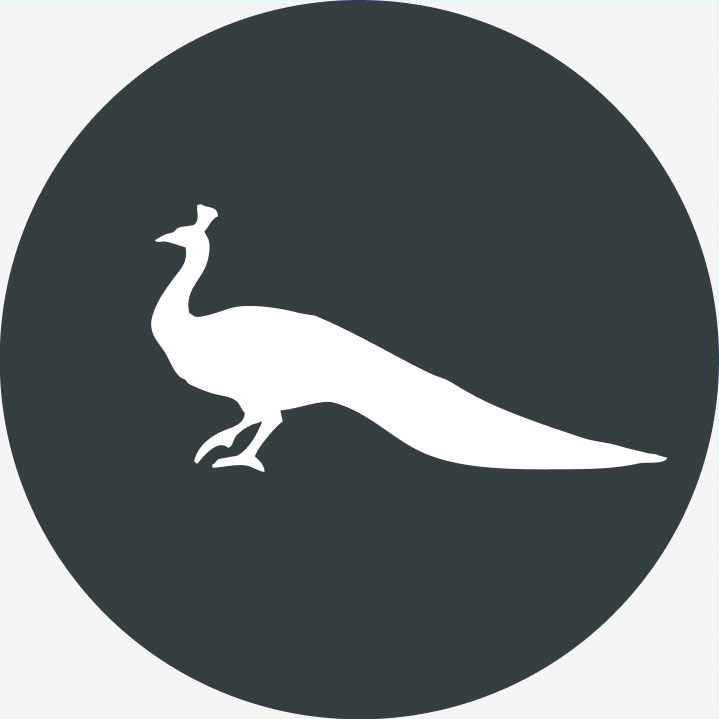The secret beaches of the West Country where you can escape the crowds
If you're heading to the West Country this summer, here's our pick of the best beaches where you can enjoy this wonderful part of Britain without getting crowded out.

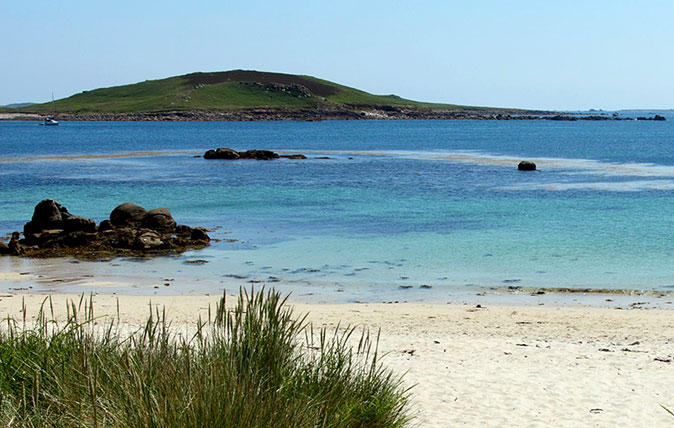
Mother Ivey's Bay, north Cornwall
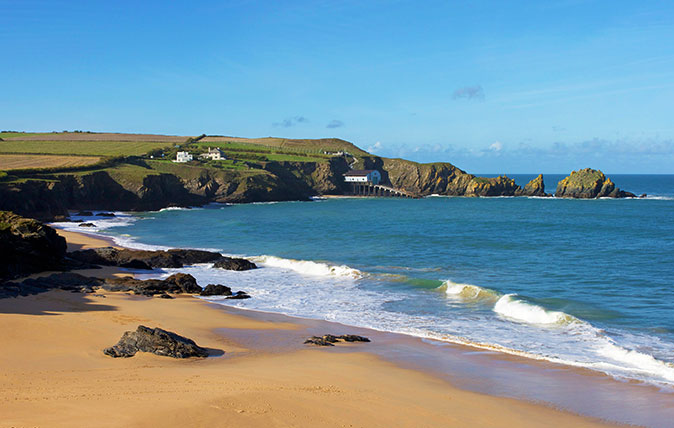
‘On a sunny day, Mother Ivey's Bay, which looks out towards a rather lovely lifeboat station, feels more like the Mediterranean. You have to go through a farmyard to get to it and tackle a steep descent, but there are stacks of caves to run through and rocks to picnic on. Seals come in quite close, and, if you're very, very lucky, you might spot a puffin ' - Kit Hesketh-Harvey
Go for
Sandcastles. The beach is sheltered from the wind by the Merope Rocks, and the lack of a cafe means it's rarely crowded, so you'll have plenty of space to embellish your fortifications.
Don't miss
The mussels. When there's an ‘r' in the month, they're terrific.
How to get there
From the A39, take the A389 for Padstow and follow it through St Issey and Little Petherick. Just before you get to Padstow, take the Newquay road (B3276), and stay on it until a signpost for Harlyn and Mother Ivey's Bay. Turn right, and follow the road through Harlyn to the beach.
Exquisite houses, the beauty of Nature, and how to get the most from your life, straight to your inbox.
Lannacombe Beach, south Devon
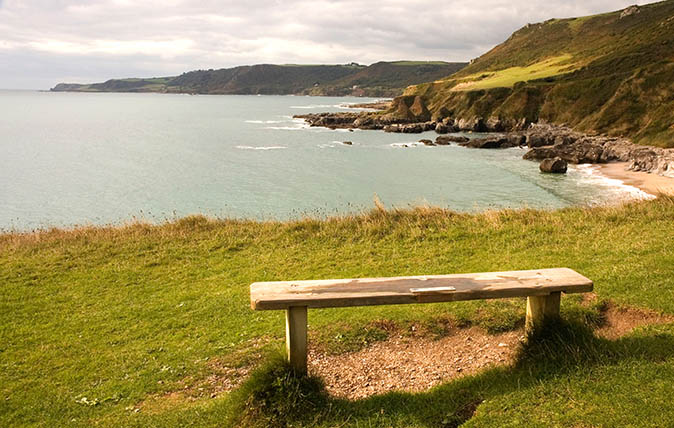
‘Lannacombe is a really secret spot – people here will curse me for mentioning it! It's where I learnt to swim (as did my children), and on a big west swell, it can be a lovely surfing beach. There are only about 10 parking spaces, so you'll need to get up in good time and go for the whole day ' – Guy Watson, founder of Riverford Organic
Go for
A romantic picnic. If you arrive early or late, there's every chance you'll have the place to yourselves, and a few minutes' walk south is Ivy Cove, a secluded spot that's just big enough for a rug and a bottle of Champagne.
Don't miss
Writing your names in the sand.
How to get there
From Totnes, take the A381, then the A3122. Turn right for Strete, and then take the A379 for Torcross. Go through Stokenham and at the mini-roundabout, take the exit for Beesands. Turn left after about four miles (signposted Start Point, Hall Sands and Kellaton), go through Kellaton and turn right for Lannacombe. Follow the road to the beach.
Little Perhaver Beach, south Cornwall
‘One low-water spring, my dog ran up some rocks and disappeared. Clambering in pursuit, I slipped and slid down polished boulders into darkness. I could hear barking in the distance, and I felt my way into pale light that slowly became a glare as I walked out onto a beach such as dreams are made of. Some pawprints on golden sand were the only sign that anything had been here. On the water's edge, huge black rocks covered in mussels glistened in the morning light, and I felt a surge of purest joy. Some secrets deserve to be shared, but only with special people who will appreciate the gift' – Sir Tim Smit, chief executive of the Eden Project
Go for
Family paddling. You'll find some of the safest bathing in Cornwall here.
Don't miss
The remains of a prehistoric forest on neighbouring Great Perhaver-during low spring tides, you can walk between the two beaches.
How to get there
From St Austell, take the Pentewan Road (B3273) to Megavissey. Continue to Polkirt Hill, turn left into Trewollock Lane, left onto Perhaver Park and then right onto Cliff Road, and the beach is just ahead of you.
Loe Beach, south Cornwall
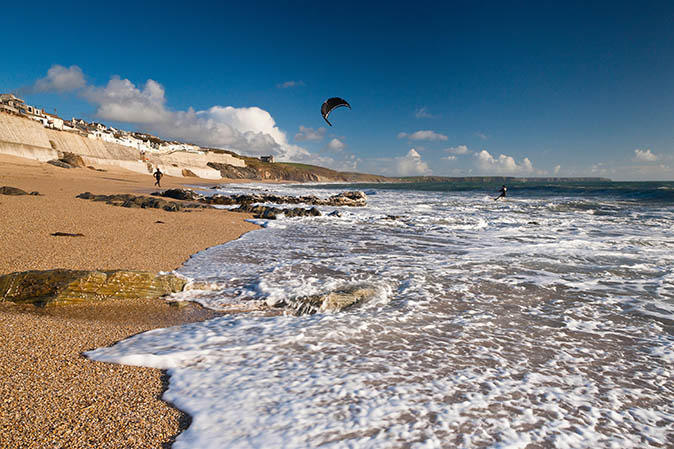
‘Loe was the first beach I ever visited in Cornwall. It's a good, old-fashioned shingle one for people who like sailing – very Swallows and Amazons – surrounded by trees and buildings that look as if they've been around forever. My children used to love to paddle there, and it's a splendid place for skimming stones ' – Venetia Vyvyan, director of Heywood Hill bookshop
Go for
Watersports. The sea is pleasingly tranquil, and the beach is home to one of the West Country's most well-regarded sailing schools – see www.loebeach.co.uk for details.
Don't miss
Stand-up paddleboarding – a cross between surfing and canoeing.
How to get there
From Truro, take the A39 towards Falmouth, then the B3289, through Penelewey. When you come to Solcentric, go straight on, then follow the road through Feock past the church to the beach.
Croyde Bay, north Devon
‘I've been going to Croyde my whole life, and it's always worth the drive from our Exmoor farm – 45 minutes of staggering moorland, then the heart-stopping view of the sea. I love standing in the water and looking back at the plump, green hills of north Devon. Then, there's the sleepy drive back to Exmoor with wet, sandy towels, exhausted children and a happy dog in the boot ' – Rachel Johnson, journalist and novelist
Go for
Breathing space. Nearby Woolacombe, popular with surfers, heaves in the summer months, but Croyde Bay is more civilised, with an easygoing, pre-Second World War charm.
Don't miss
A cream tea overlooking the waves at Baggy's Surf Café.
How to get there
From Ilfracombe, head south on the A361 towards Barnstaple. Turn right onto the B3231 at Braunton, and follow the road around the headland into the bay.
Lundy Bay, north Cornwall
‘It's quite a stiff walk down to Lundy Bay carrying your picnic, but when you get to the bottom, there are lovely rockpools and caves – there's actually a hidden beach through one of them that you can only reach if the tide is right. With a tiny bit of initiative, you can have the world to yourself ' – Robin Hanbury-Tenison, explorer
Go for
Famous Five-style fun. There are smugglers' coves and meandering footpaths and, when the tide is in, you can bask on the rocks. Don't get cut off, however.
Don't miss
The craggy drama of Lundy Hole, a collapsed sea cave to the west of the beach.
How to get there
From Wadebridge, take the B3314. Turn left after 4.4 miles and continue until you reach the National Trust car park. Step through the kissing gate, and you'll find yourself in a field with a gently sloping path. This splits into two-one fork winds its way through a wooded valley down to the beach, and the other leads you up onto the clifftop.
Rushy Bay, Bryher, Isles of Scilly

‘Rushy is a very beautiful sandy beach with dunes that look out towards the uninhabited island of Samson. I set my story Why The Whales Came in the area, and when it was turned into a film, a lot of it was made just above Rushy Bay itself. It's a wonderfully wild place, and peaceful, too – if you see five people on an August Bank Holiday Monday, that's a lot. We like to sit there and watch the oystercatchers and gulls and, occasionally, we'll bring a bottle of wine and have a glass as the sun comes down ' – Michael Morpurgo, author
Go for
The wildlife. Resident thrushes will hop right up to you, and seals bob around just beyond the beach.
Don't miss
The cowries-patient shell-seekers will find their efforts rewarded.
How to get there
Bryher couldn't be easier to find your way around on foot. For Rushy Bay, join the main signposted path and follow it round to the southern tip of the island.
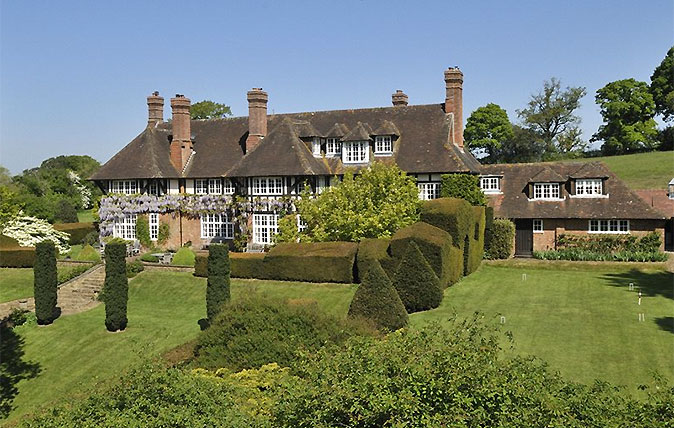
15 beautiful houses for sale, as seen in the pages of Country Life
The 24 May 2017 issue was a special edition focusing on the West Country.

Clotted cream: How it's made, who does it best, and whether to put it on before or after the jam
Rich, unctuous and wickedly good, clotted cream is the pride of the West Country.

The top 5 hidden gems in the West Country
Get away from the summer crowds at these beautiful and unusual West Country attractions
Country Life is unlike any other magazine: the only glossy weekly on the newsstand and the only magazine that has been guest-edited by His Majesty The King not once, but twice. It is a celebration of modern rural life and all its diverse joys and pleasures — that was first published in Queen Victoria's Diamond Jubilee year. Our eclectic mixture of witty and informative content — from the most up-to-date property news and commentary and a coveted glimpse inside some of the UK's best houses and gardens, to gardening, the arts and interior design, written by experts in their field — still cannot be found in print or online, anywhere else.
